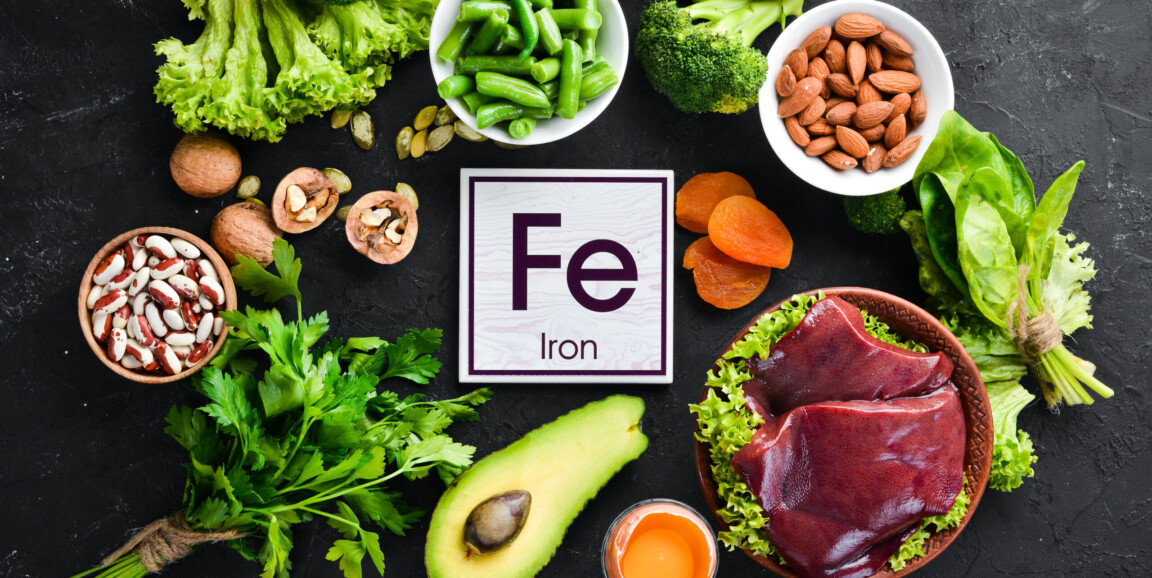Have you ever gone to donate blood only to be deferred for low iron count? Also referred to as low blood count, low iron, or low hemoglobin, approximately 10 percent of donors are deferred for this reason. When a donor is deferred, that means they're unable to donate blood that day. You've probably wondered why this happens and if there's anything you can do about it. Hopefully, the following information will shed some light on the subject.
What is iron and what does it have to do with blood donation?
Iron is a nutrient that is found in the foods we eat, which then combines with certain proteins to become hemoglobin in your red blood cells. The red blood cells are important because they carry oxygen from the lungs to other parts of the body. When the body experiences low iron and hemoglobin, this essentially means you do not have enough red blood cells in your body to donate blood. Low iron levels may cause you to feel tired, and extremely low iron levels may cause damage to organs. There are several reasons one may have a low blood count - including not eating enough iron-rich foods, donating blood too frequently, chronic illness, or other invisible causes.
Testing your blood
In order to keep our donors safe and healthy, our collections staff must ensure that each donor we see has sufficient levels of iron and hemoglobin before they donate. Therefore, when you visit a center to donate, the collections staff will do a finger prick to test a small amount of blood to assess hemoglobin levels. If your levels are low, we will not be able to collect your blood that day but do encourage you to try some simple measures to raise your levels in order that you can come back to donate again in the future.
What can I do to improve my hemoglobin levels prior to donation?
One way to try to boost your iron levels is through your diet. By eating iron-rich foods, you can promote blood regeneration and increase the amount of iron in your body. Typically, iron-rich foods are colorful and deeply pigmented. Some examples of good sources of iron include:
- Chard
- Dates
- Eggs
- Lean beef and pork
- Raisins
- Shrimp
- Spinach
- Whole grain breads
For a more detailed list of foods and their iron content, the USDA provides a nutrient database for reference.
Kristin Stankus is the digital community & social media specialist at Stanford Blood Center. This blog entry originally appeared on the blood center's blog.
Photo by Yaruniv-Studio




